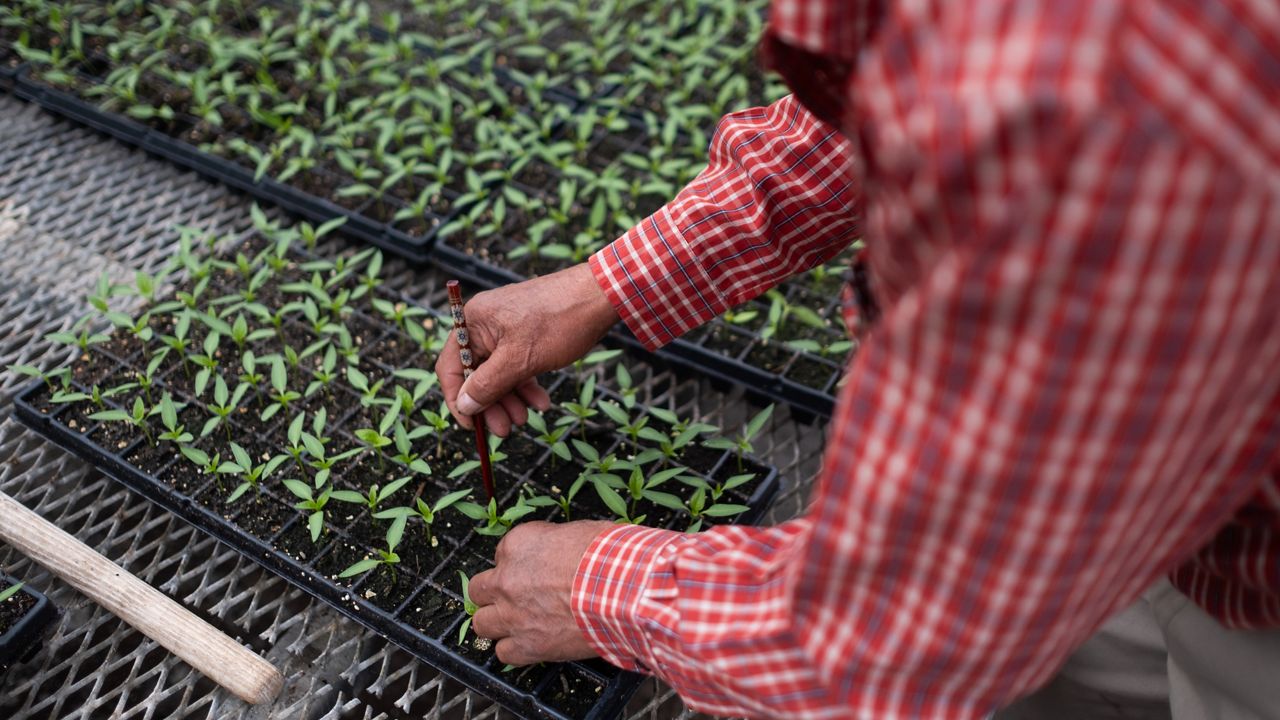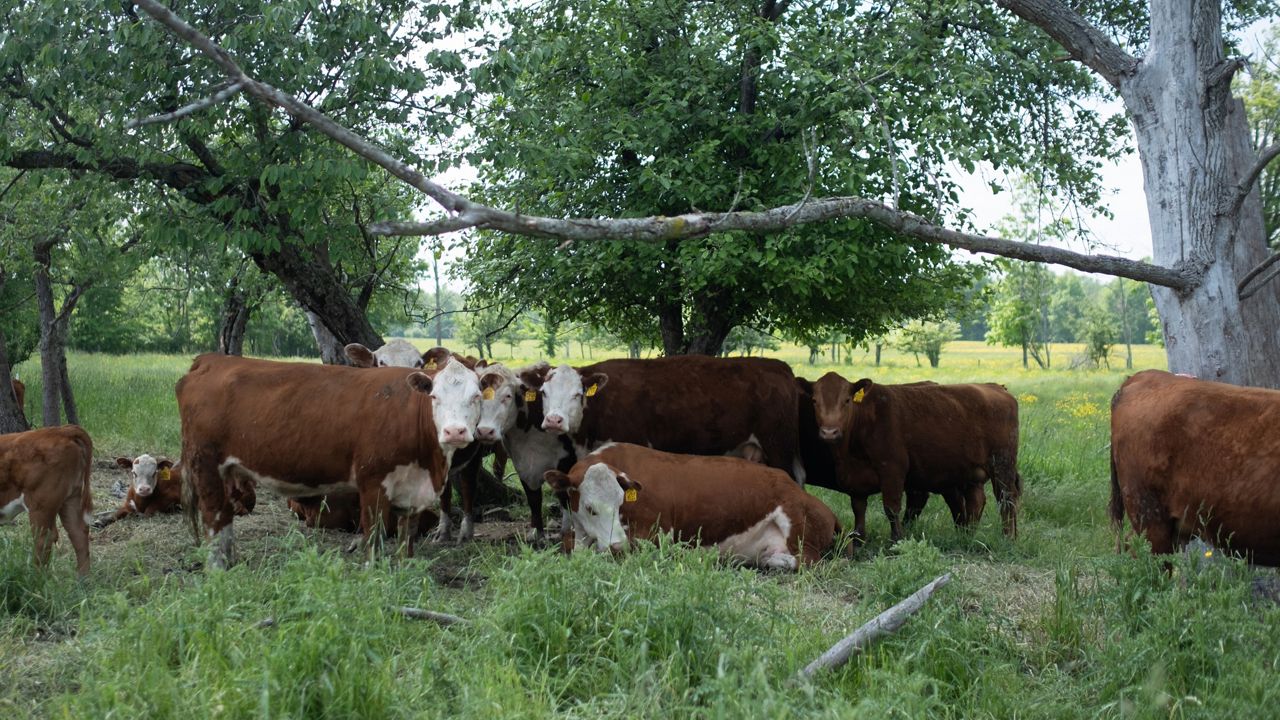New data on New York farmworkers offers a look into wage theft, workplace injuries, hours worked and employee demographics.
The report comes from surveys of more than 500 farmworkers in New York collected by union organizers from Trabajadores Agricolas Unidos and published through the University of Massachusetts-Amherst Labor Center.
Maggie Gray, an associate professor at Adelphi University and one of the authors of the report, said the data is meant to be a representation of farmworkers’ experiences.
“It tells farmworkers’ stories directly, not just with quantitative data,” Gray said. “There is a pretty significant power imbalance in the farm industry’s ability to influence policy and the workers’ ability to influence policy.”
The surveys consisted of 12 closed-ended questions with one open-ended question. The authors included quotes from the open-ended question throughout the report.
Farmworkers from all over the state participated in the survey, but the largest geographic group of workers were from Long Island with 334 respondents and the Finger Lakes region with 148.
Some of the key findings are that 25% of respondents experienced wage theft, 19% reported a workplace injury resulting in lost work and 44% reported working more than 60 hours per week.
The collected demographic information show that 45% of the respondents were women, which is higher than the national total of 28.1%.
As a vulnerable population, Gray said there isn’t a lot of data on farmworkers.
“This is a group that is very vulnerable due to a lack of citizenship status, lack of English language proficiency, lack of any roots in local communities and racism,” Gray said.
Additionally, many farmworkers live in farm-owned housing, which adds another layer of vulnerability and fear, Gray said.
Staff attorney at Farmworker Justice, Trent Taylor, said in a press conference about the data on May 25 that the problems farmworkers reported in these surveys are likely more common than the data represent.
“It is historically recognized that there is underreporting of things like wage theft, so we believe the actual number would be higher,” Taylor said.
Julie Sorensen, director of the New York Center for Agricultural Medicine and Health, said during the press conference that working in agriculture is a dangerous occupation for both farmers and farmworkers.
“In our studies, we noted that injury rates were actually four times higher for the owners and operators of farms and that they were just as likely to work with an injury,” Sorensen said.
Sorensen said this highlights the need for investment in prevention training and structural support for the farm community.
“Unfortunately, most farms don’t have a dedicated human resources department or access to additional labor resources to cover time off, and I think this is a structural issue that could be addressed to really improve labor conditions,” she said.







